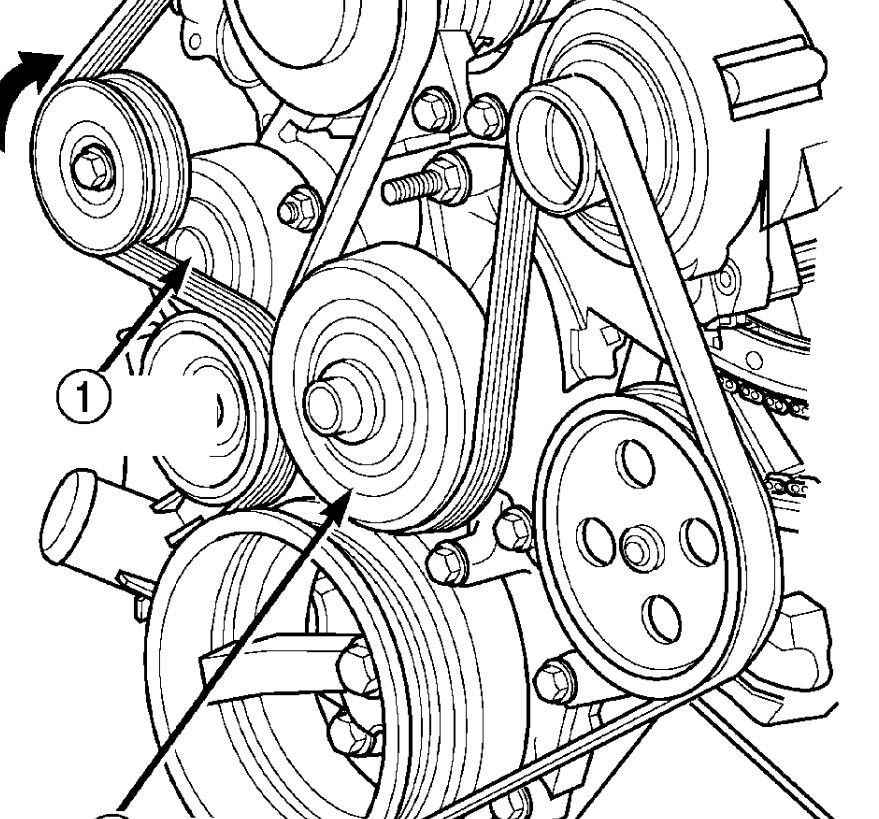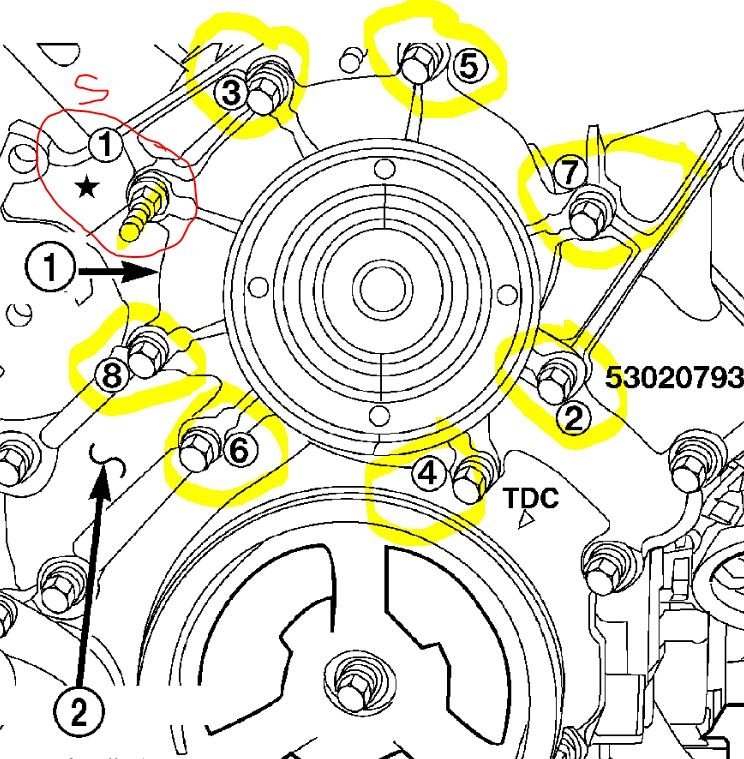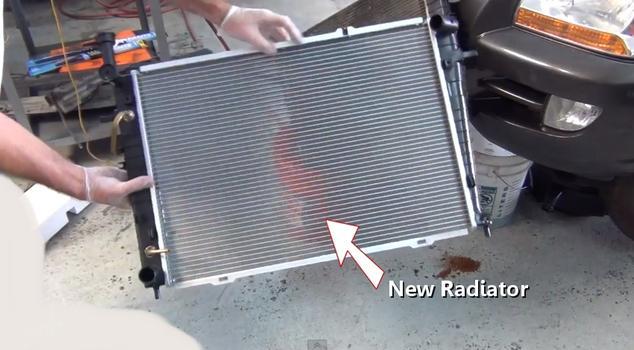Temperature rise at idle is normal if it only goes up until the fan engages and cools it back down. How hot is it getting and could you confirm the engine size You have 6 cylinder and 4WD selected but the 6 wasn't used in the 2005 4X4 version. Could make a difference in parts and wiring. Thank you.
As I said above, temperature rise at idle is common as the airflow over the radiator is lower because the truck isn't moving. There are a few causes other than the airflow, a worn water pump or a partially plugged radiator could do it. A sort of quick test to see if it's the radiator would be to run it at idle until the temp goes up a bit, now turn the heater on hot and the fan on full, if the temperature goes down some it's related to the radiator, either it's partially plugged or the fan isn't doing it's job. Depending on the engine and options it's possible to have a mechanical clutch type fan or an electric fan or both with the heavy duty cooling system. A bad fan clutch could cause this as it may not be engaging correctly.
Those systems were used on both the 3.7 V6 and the 4.7 V8.
Now the fact that it drops the temp as soon as you throttle it up can still point at the fan but it also points at a worn water pump being able to move more coolant with the higher rpm.
The pump on both engines is not bad to change out, The hardest part is draining the coolant,
Disconnect negative battery cable. (This is optional really, I generally leave it connected and just make sure nobody plays with the ignition while I'm working on it.
Drain cooling system. This can get messy as they don't have the drain out in the open very well.
Remove fan drive assembly from water pump. These are screwed to the front of the water pump so you want to be sure not to remove the belt first, it will hold the pump in place while you use a large wrench to break the fan loose.
Do not unbolt the fan blade assembly from thermal viscous fan drive instead set it inside the fan shroud, You can normally remove and replace the pump without removing the shroud but it does give more room and it gets the sharp blades of the fan out of the way.
Remove two fan shroud-to-radiator screws.
Remove fan shroud and fan blade drive assembly from vehicle.
After removing viscous fan drive assembly, do not place thermal viscous fan drive in horizontal position. If stored horizontally, silicone fluid in viscous fan drive could drain into its bearing assembly and contaminate lubricant and destroy the fan clutch.
Now remove the drive belt from the water pump pulley (2) by using the tensioner to release it.
Remove upper radiator hose clamp and remove upper hose at water pump.
Remove seven water pump mounting bolts and one stud bolt and the pump will come off with a bit of force.
Now use a scraper to gently remove all traces of the old gasket.
To install the replacement you reverse the process and use the pattern shown to tighten the bolts down to 43 foot pounds. The red circle is where the stud goes. Both engines use the same pump and this is one area I tend to go with aftermarket because the OE pumps use a plastic impeller, Gates makes a replacement 43263M with a metal impeller that seems to hold up better.
Once the pump is in place and snug spin it to be sure it doesn't rub, that happens on some of them when the impeller isn't exactly correct, more so on the plastic ones though.
The gasket goes on dry, or if you need something to hold it in place a quick spray of high tack on the pump side can help but isn't usually needed if you put a couple bolts through it to hold the gasket. Then final torque the bolts, put the belt on and reverse the rest to put it back together. I usually replace the fan clutch at the same time if there is any doubt that it is working. The common test for them is to start the engine, let it run and listen to the fan, it should engage for about 30 seconds or so from a cold start and then sort of just idle along even if you tap the throttle. Then once the engine warms up fully it should start to cycle on and off, at that time you should hear the sound change from very little sound to a roaring as the fan starts pulling air. If you don't hear that then it's likely the fans clutch is bad and will need replacement.
Images (Click to make bigger)
Tuesday, May 25th, 2021 AT 9:28 PM




